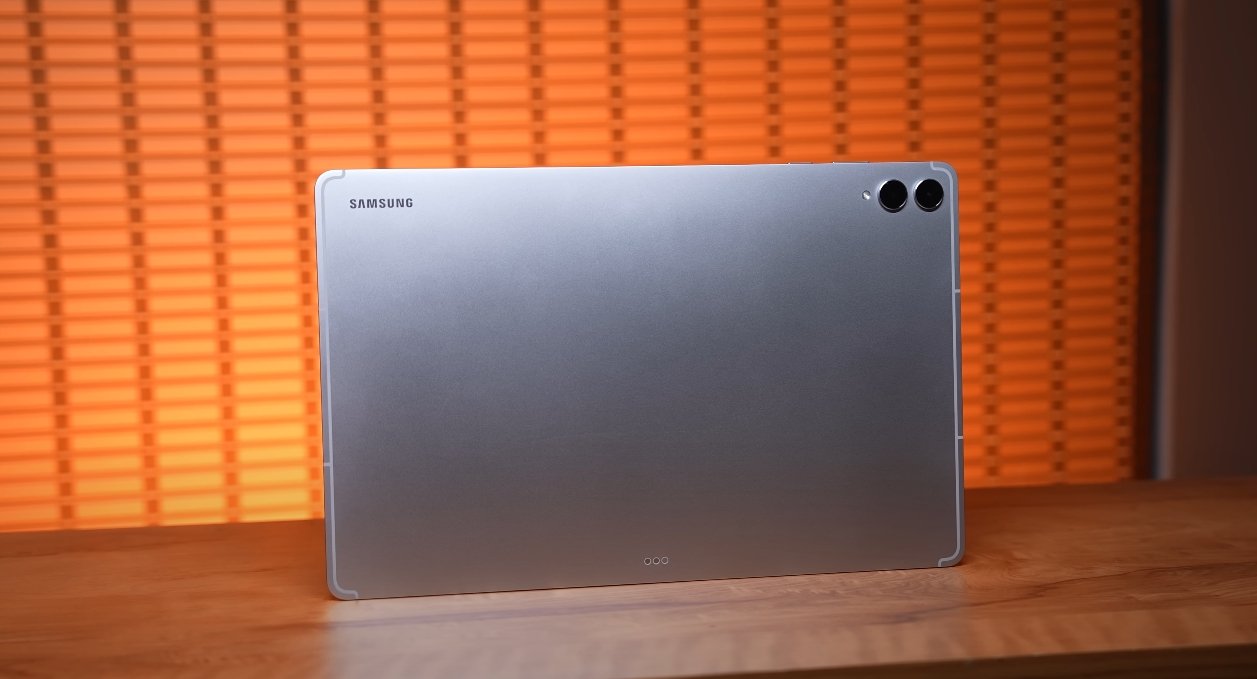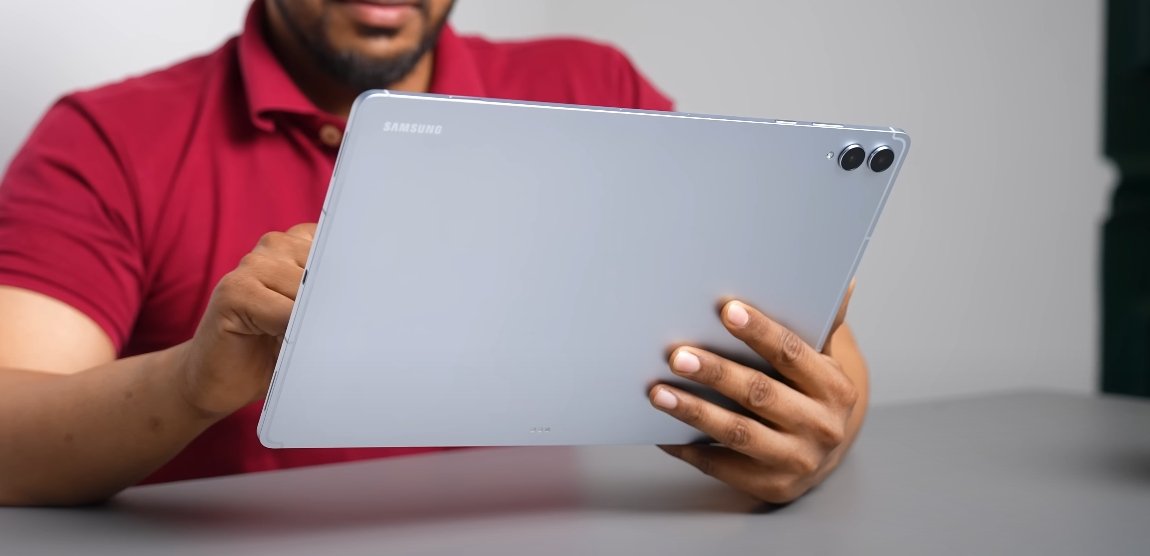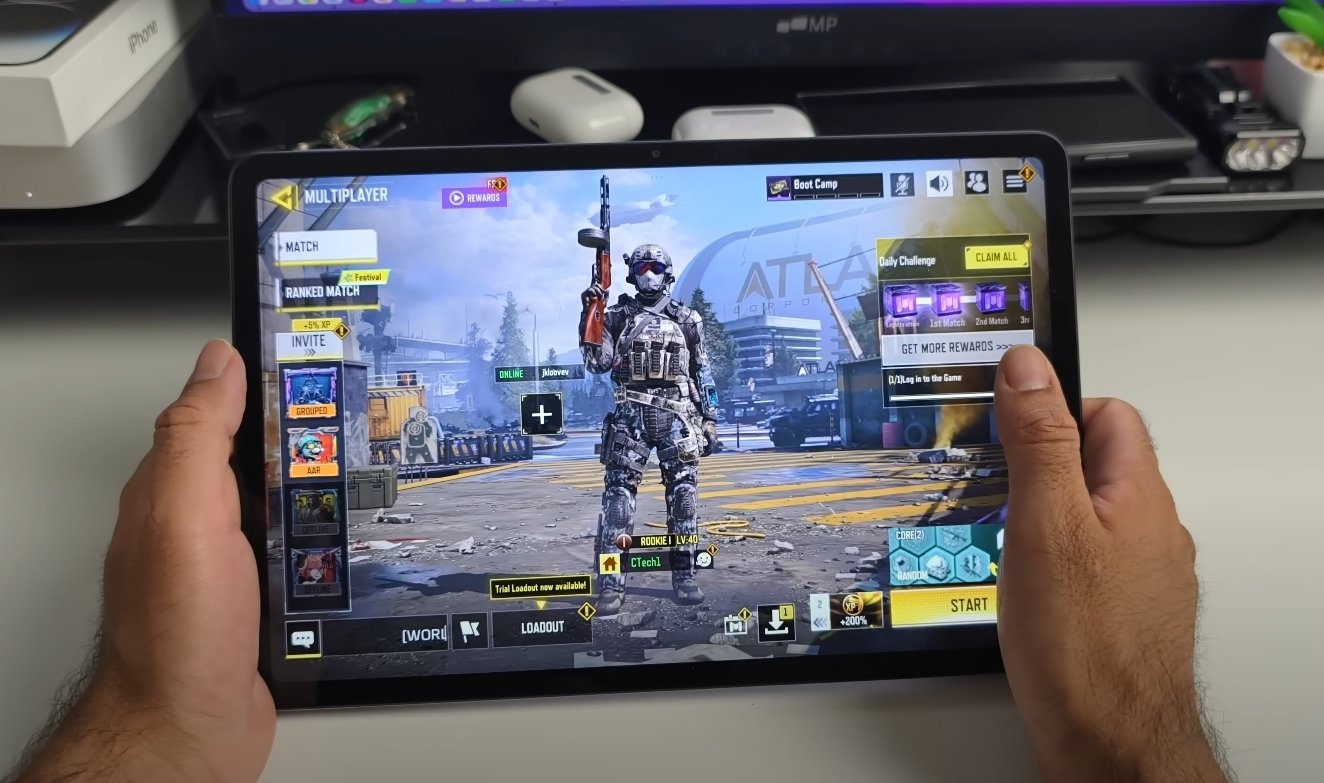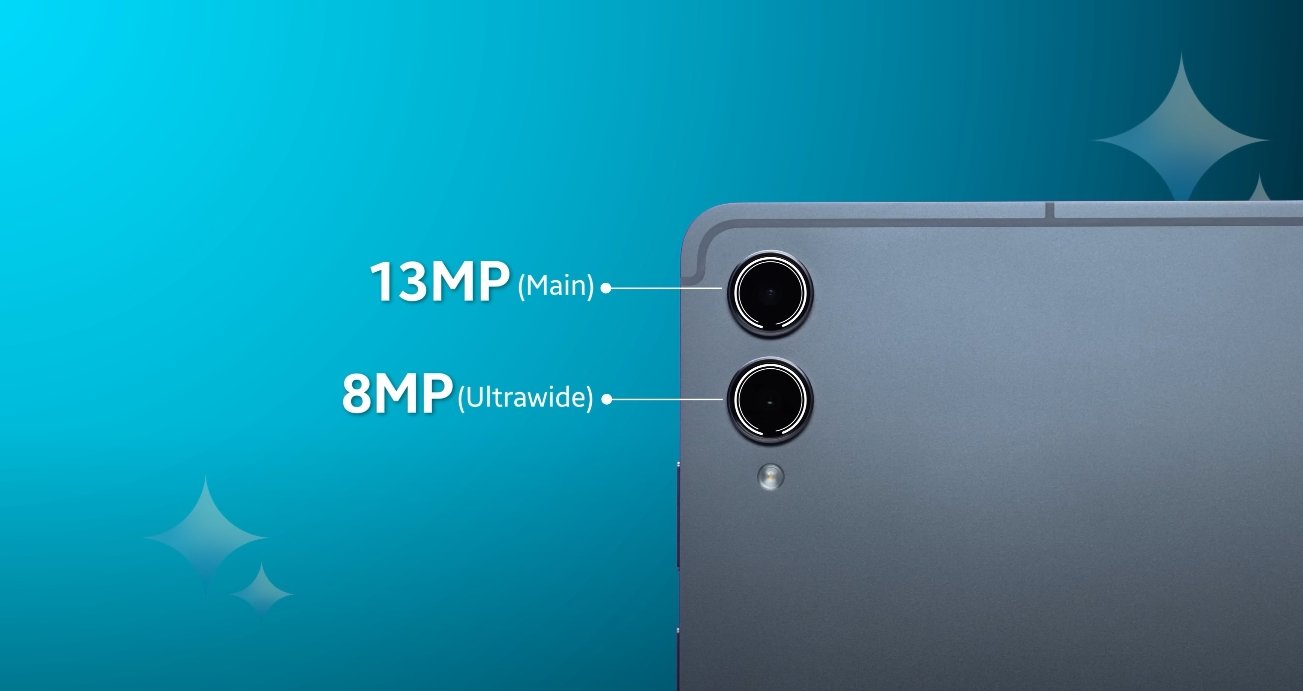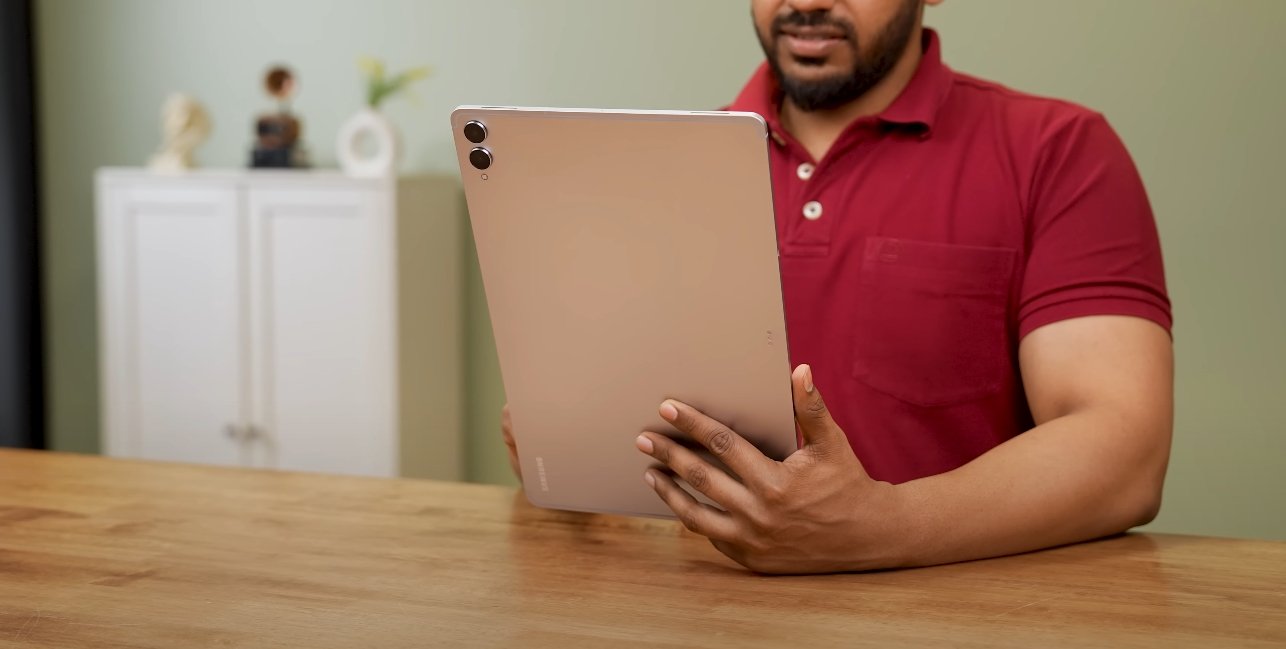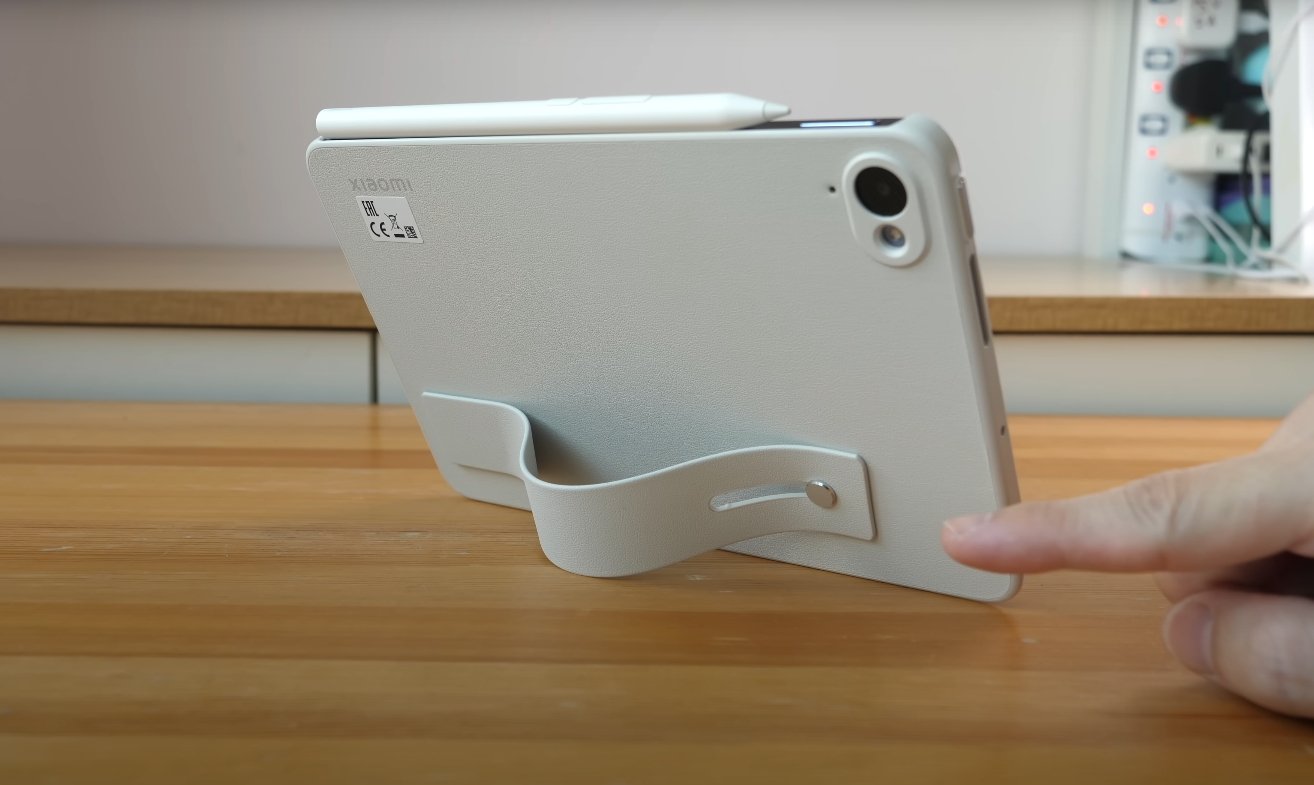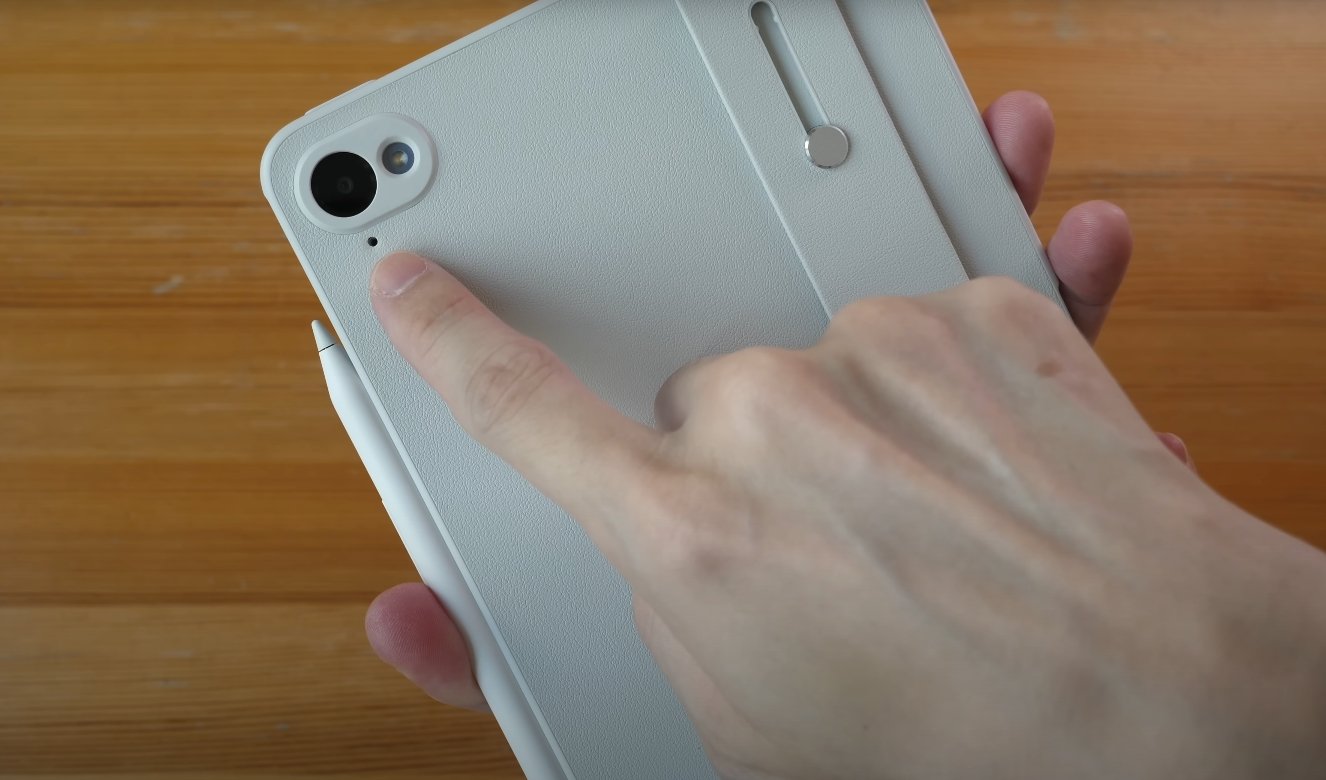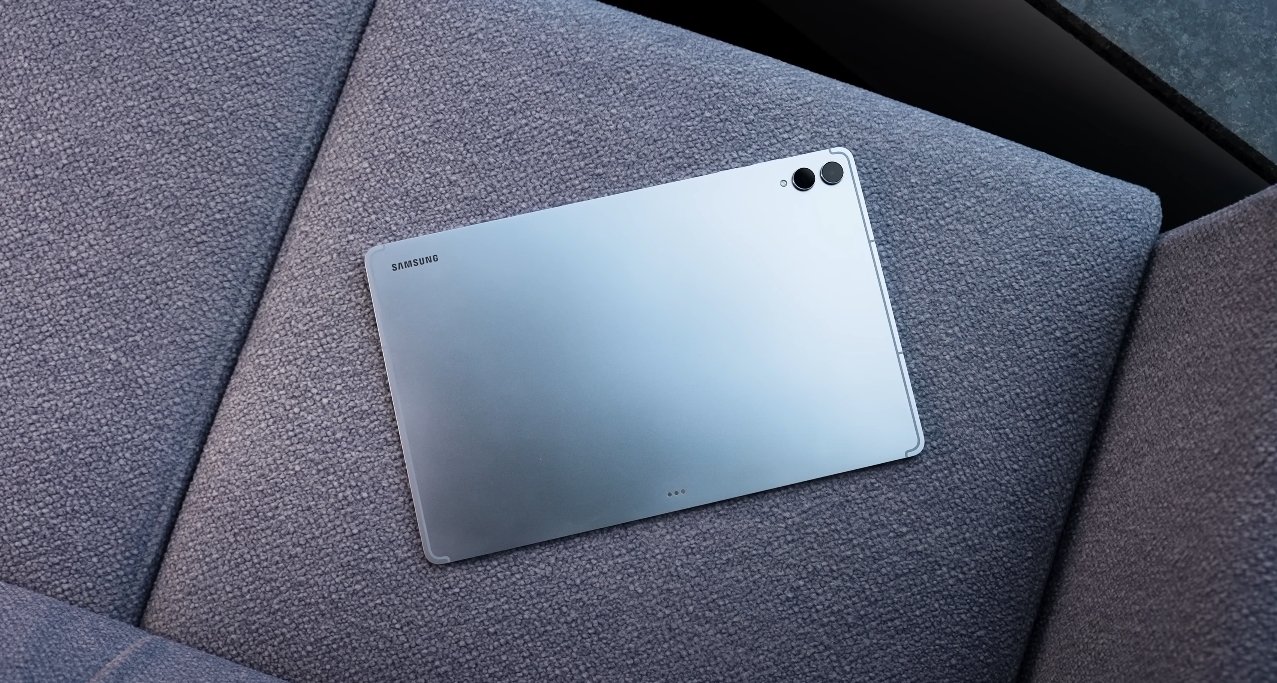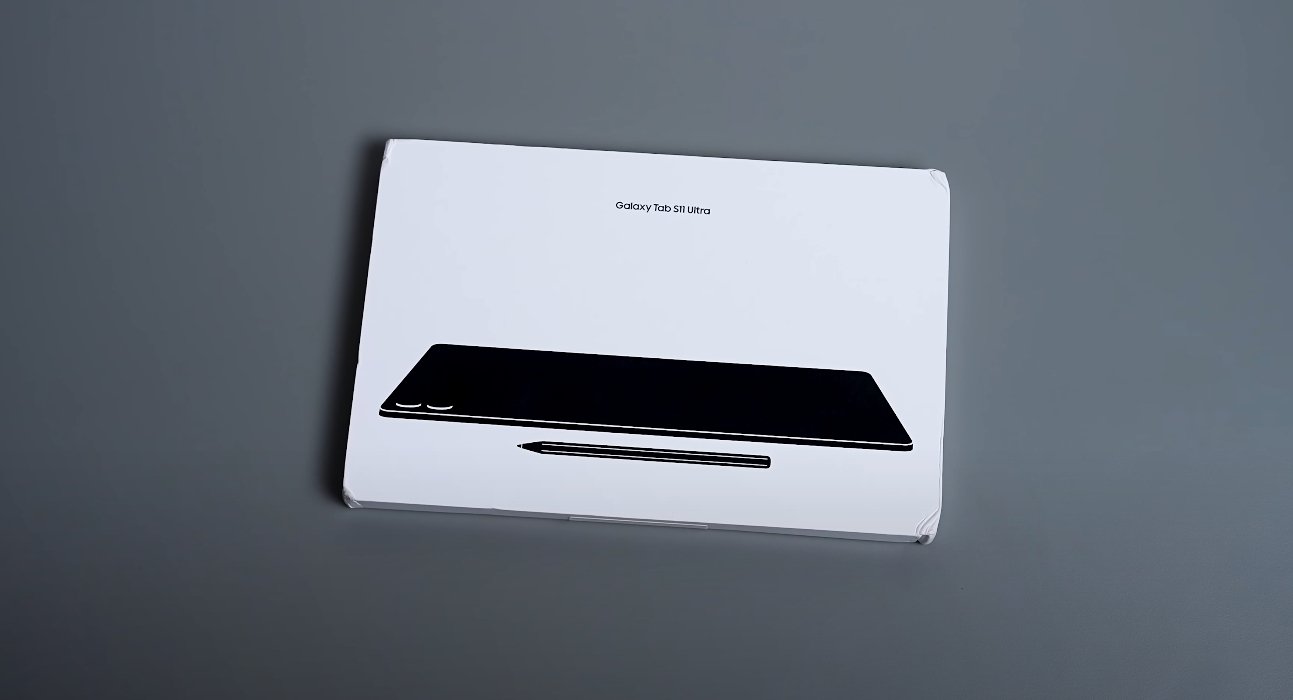Design Comparison: Galaxy Tab S11 Ultra and iPad Pro
The Samsung Galaxy Tab S11 Ultra and Apple iPad Pro represent two of the most premium tablets available in the market, each with a distinct design philosophy. Both devices are engineered to deliver high performance while providing a visually appealing and functional form factor. Examining their design features reveals the differences and strengths that appeal to different types of users, from creatives to professionals and everyday consumers.
The Galaxy Tab S11 Ultra features a sleek aluminum unibody construction that measures just 5.1mm in thickness and weighs approximately 690 grams. This makes it one of the thinnest and lightest tablets in its class, balancing portability with durability. The tablet is also IP68-certified, providing resistance against dust and water, which adds to its overall longevity and makes it suitable for use in various environments. Its premium finish and sturdy build ensure that it feels solid in the hand while maintaining a modern aesthetic.
In contrast, the iPad Pro, available in 11-inch and 13-inch models, also uses a high-quality aluminum body. The 13-inch variant matches the Tab S11 Ultra in thickness at 5.1mm but weighs slightly less, enhancing portability. Apple emphasizes minimalism and precision in its design, with rounded edges and smooth surfaces that contribute to its sophisticated appearance. Unlike the Samsung tablet, the iPad Pro does not carry an official water resistance rating, which may influence user preferences in outdoor or high-risk environments.
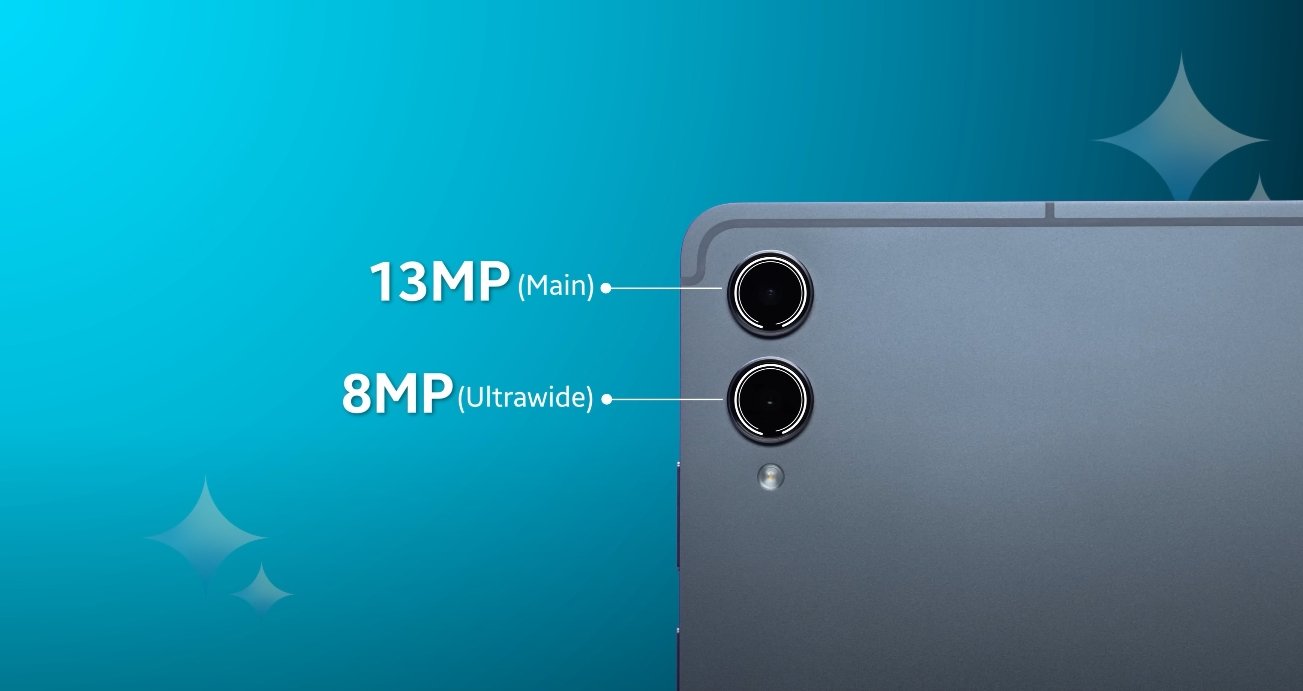
The display is a major differentiator between these two devices. The Galaxy Tab S11 Ultra comes with a 14.6-inch Dynamic AMOLED 2X display with a 2960 x 1848 resolution and a 120Hz refresh rate. Experts and users praise the tablet for its vibrant colors, deep contrasts, and smooth visual performance. The large screen size enhances productivity, creative work, and media consumption, offering a more immersive experience compared to smaller tablets. Samsung has minimized bezels around the display, giving it a modern look and maximizing the usable screen area.
Apple’s iPad Pro features an Ultra Retina XDR OLED display with high brightness and accurate color reproduction. The display is slightly smaller, available in 11-inch and 13-inch sizes, but offers excellent sharpness, HDR performance, and touch responsiveness. The uniform bezels and centrally placed front-facing camera maintain a clean, balanced look, which complements Apple’s minimalist design language. While the iPad Pro’s screen is smaller than the Tab S11 Ultra’s, it is highly portable and convenient for professional work, especially when paired with the Apple Pencil for creative tasks.
Camera placement and rear design also highlight differences. The Galaxy Tab S11 Ultra has a dual-camera setup aligned vertically, creating a neat and unobtrusive look on the rear. The rear camera design integrates seamlessly with the aluminum body, maintaining a flat profile that preserves the tablet’s sleek appearance. The iPad Pro also features a vertically aligned dual-camera system along with a LiDAR scanner, which enhances augmented reality experiences. Apple’s rear design emphasizes symmetry and minimalism, contributing to its signature aesthetic.
Weight and ergonomics further influence usability. The Tab S11 Ultra’s 690-gram weight is manageable but slightly heavier than the iPad Pro, especially the 11-inch model, which is lighter and easier to hold for extended periods. Both tablets are designed to provide a comfortable grip, but the larger Samsung tablet may be more suitable for desk-based productivity and creative work, while the iPad Pro excels in portability for users who need a highly mobile device.
In conclusion, the Samsung Galaxy Tab S11 Ultra and iPad Pro offer premium designs with distinct strengths. The Tab S11 Ultra stands out for its larger display, IP68 certification, and high-end AMOLED screen, making it ideal for users who prioritize immersive visuals and durability. The iPad Pro excels in minimalism, portability, and display brightness, appealing to users who value a compact, elegant device with high performance. Ultimately, choosing between the two comes down to personal preferences regarding screen size, portability, durability, and overall aesthetic appeal. Both tablets deliver a high-quality user experience, reflecting the design priorities of their respective brands while catering to different use cases and environments.
Also Read: Samsung Galaxy Tab S11 Ultra performance under stress test
